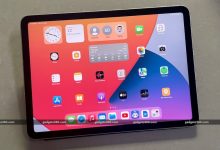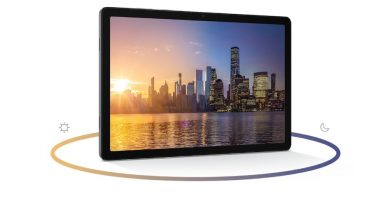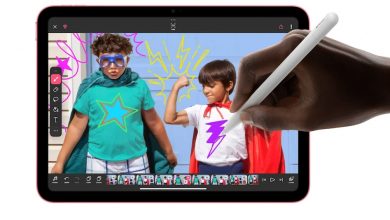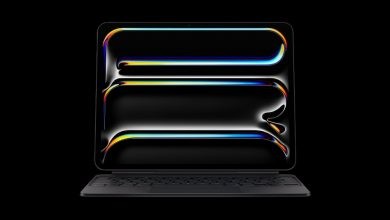Oppo Pad 5 will be unveiled globally by the Chinese smartphone maker on October 16.

Oppo Pad 5 will carry a single rear camera unit
Click Here to Add Gadgets360 As A Trusted Source

Oppo Pad 5, the Chinese tech firm’s upcoming tablet, is currently available to pre-order in China. Last month, the company announced that the Oppo Pad 5 will be unveiled globally on October 16. Now, the tablet has been listed on Oppo’s online store in the country, revealing the storage variants and colourways it will be offered in. Moreover, the tablet and a stylus have reportedly been certified by the Bluetooth SIG authority, days ahead of its debut in China, and the Oppo Pad 5 has been spotted on the Google Play Console Supported Devices list.
Oppo Pad 5 Storage Variants, Colourways (Expected)
While there’s still no word on pricing, the base model of the Oppo Pad 5 will feature 8GB of RAM and 128GB of built-in storage. It will also be sold in 8GB RAM + 256GB storage and 12GB RAM + 256GB storage configurations. Customers can also purchase a 16GB + 512GB variant, according to the listing.
The listing also reveals that the tablet will be available in four colourways: Galaxy Silver, Space Gray, Galaxy Silver Soft Light Edition, and Lucky Purple Soft Light Edition (translated from Chinese). The Lucky Purple could also be called “Study Purple”, as per the company’s post on Weibo. However, this discrepancy could be due to automated translation from Chinese to English.
In terms of specifications, the listing reveals that the Oppo Pad 5 will be powered by a MediaTek Dimensity 9400+ chipset. It will be equipped with a 3K resolution display. The company will introduce a suite of artificial intelligence (AI)-assisted tools for students as well. The tablet is expected to run on ColorOS 16.
The Tech Outlook reports that the Oppo Pad 5 has been spotted on the Google Play Console Supported Devices list with the model number OPD2506. Also, it has reportedly received Bluetooth SIG certification, along with the Oppo Hima touchpad keyboard. The keyboard was listed with the model number OPK2501.
Oppo Pad 5 is set to globally succeed the Pad 3 series on October 16. Recent reports suggest that the tablet will run Android 16 out of the box. It might sport a 12.1-inch LCD screen, offering up to 144Hz refresh rate. It might carry an 8-megapixel rear camera, too. The Oppo Pad 5 is said to pack a 10,300mAh battery with 67W wired fast charging support.








